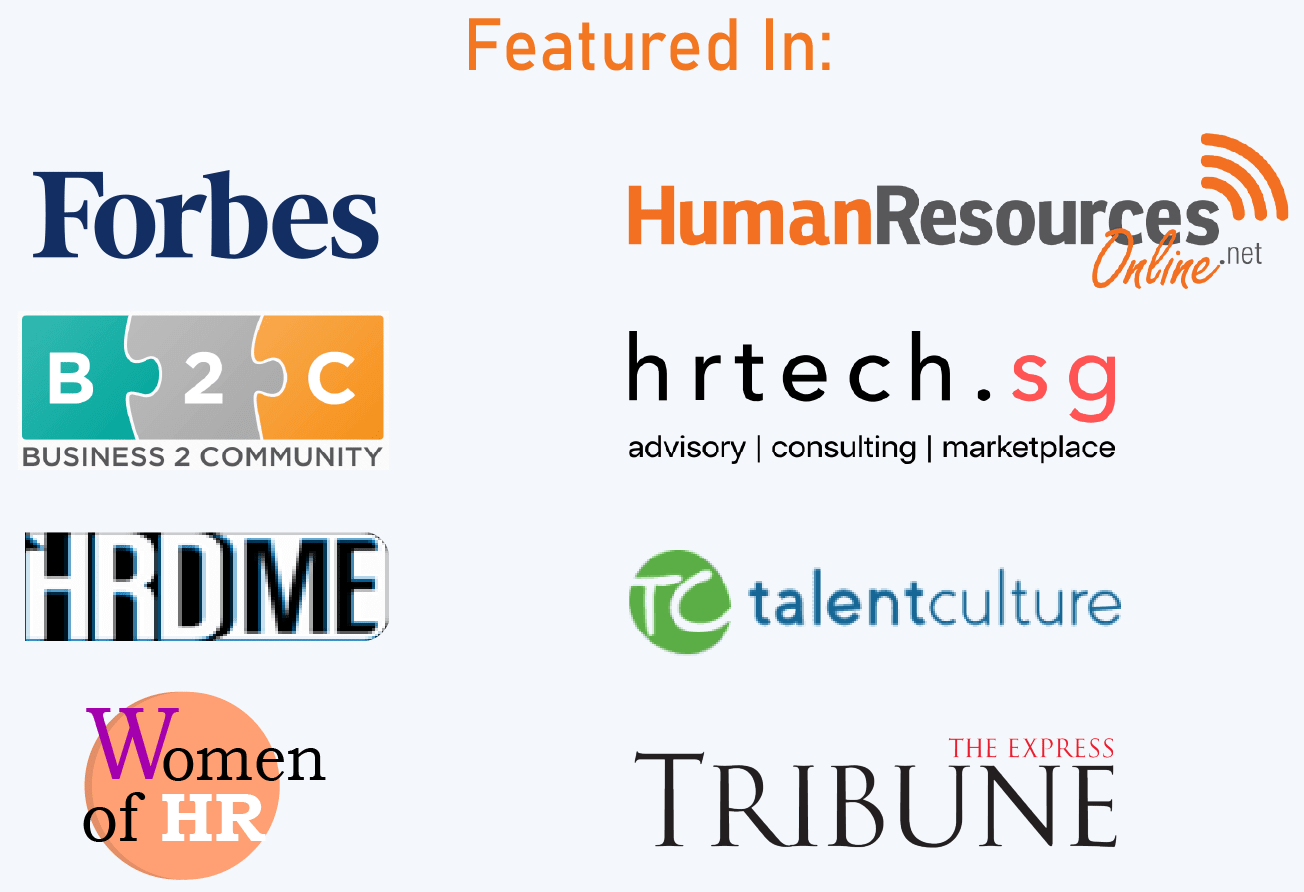The traditional HR cycle varies greatly from country to country. Different regional nuances come into each phase of the cycle and only experience can teach you how to handle situations appropriately. How to handle recruitment, engagement and retention, along with the end of employment or termination can vary based on locality. In fact, not knowing how situations are handled in the region can often discredit HR professionals without them even realizing why.
So lets look at these three phases of the HR Lifecycle with Asian cultural examples of each. There’s no way a blog post could create an exhaustive list – that would take a book. However, these points can get you thinking on the different realities that mold your company’s daily HR activities.
Recruitment
Hiring the right people who fit into your organization and job requirements is crucial for ensuring the creation of a winning team. So you need to ask yourself: Are there cultural elements that need to be considered when hiring an employee? Specifically, you need to consider elements in the candidates personal life along with social expectations that may effect their retention and motivation in the company. For the sake of your team and the business I think it’s only fair that you fully understand the background and expectations of the candidate. Consider the following points which often effect how well someone fits (and stays) in an organization:
- In Asia, many societies expect women to make their home and families the first priority. This often results in younger women leaving their jobs after getting married or having children.
- The eldest son of the family is often expected to take on the role of providing for the entire family – especially if the father is no longer working. In such situations, the financial burden of the employee causes them to either expect a higher pay and if not met, they jump jobs to meet their personal requirements.
Engagement and Retention
If you’ve worked in Asia you know that complexities in communication are more pronounced here than in Western cultures. These can create barriers between employees and employers when it comes to recognition and motivation. The constant tug of war between an employee expecting praise versus the boss expecting work to be completed can create complication for retention. A couple examples of challenges that may arise in this part of the HR Lifecycle include:
- The difference in attitude regarding work between the Baby Boomers and Gen X vs Gen Y and Millennials is quite different. The latter group generally leans towards self entitlement which can create clashes with the former group when it comes to employee recognition.
- A lack of maturity in the workforce leads to “quick jumpers” who don’t understand the value of staying at an organization for an extended period of time. This group of employees have a tendency to jump jobs, maybe even yearly creating retention problems for an organization.
End of Employment/Termination
I believe many corporations have forgotten the “Human” part of Human Resources. This has led to the pink slip culture which makes it easy to let people go for the organization. What employers often forget is that an ex-employee is essentially a brand ambassador. Burning bridges doesn’t do either party any justice. There are things that can be done (and are highly appreciated in many societies) at the end of an employees time with the company, regardless of whose decision it was to terminate the employment. A couple these are:
- Schedule the last day of employment on Fridays so the remaining team has time over the weekend to move on. When people get close at work, it’s pretty common for the people who remain at the organization to feel resentment towards their boss for their team mate leaving.
- Stick to having an exit interview for all exits. Just because someone is leaving doesn’t mean they don’t have something to teach. It’s also a good way to to get an ex-employee to talk positively about the organization to others.
How you handle each step in the HR Lifecycle plays a crucial role in the development of your organization’s culture. What intricacies due to regional culture do you feel are introduced in the standard HR Lifecycle? I think we all agree that discussions such as these move us beyond book based HR and into the real world of business.
Photo Credit: Geoff Peters 604 via photopin cc



